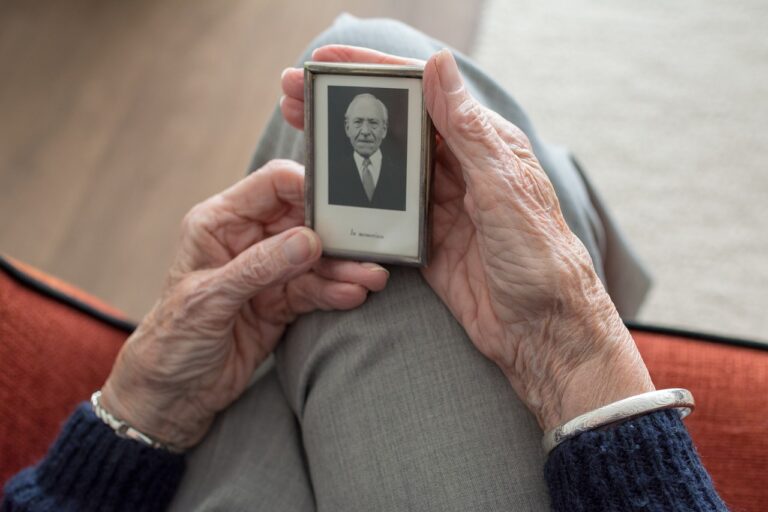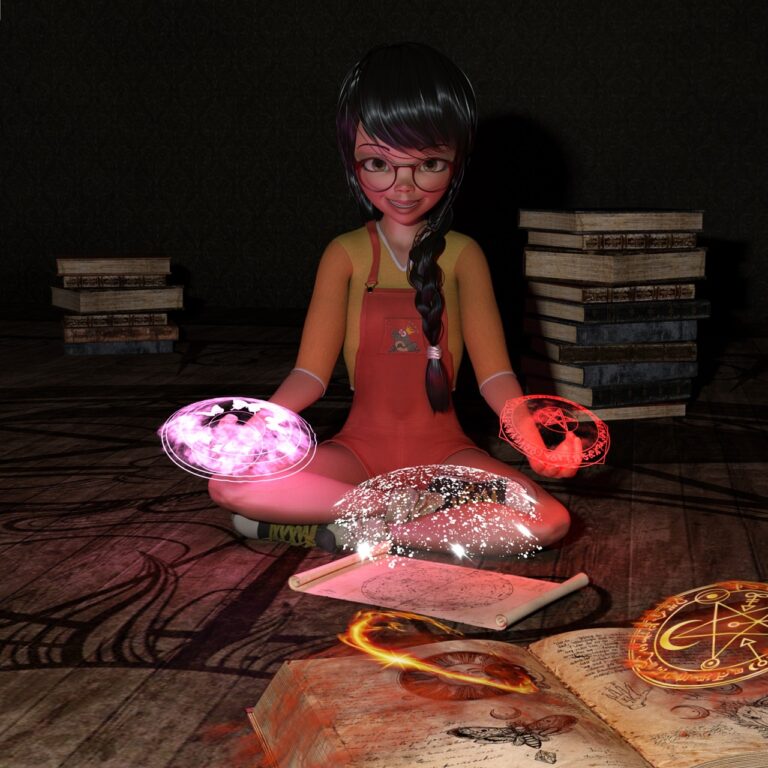Examining the Role of Gender in STEM Education
Despite advancements in gender equality over the years, disparities still exist in STEM fields. Women continue to be underrepresented in science, technology, engineering, and mathematics professions. The lack of gender diversity in these areas not only hinders the progress and innovation of these industries but also perpetuates the gender gap that exists in society.
Research has shown that gender biases and stereotypes play a significant role in discouraging women from pursuing careers in STEM fields. From a young age, girls are often subtly steered away from scientific and mathematical subjects, leading to lower interest and confidence in these areas as they grow older. Additionally, workplace environments in STEM industries can be unwelcoming and unsupportive for women, further contributing to the underrepresentation of females in these male-dominated fields.
Historical Context of Gender Bias in STEM Education
Throughout history, gender bias has been deeply ingrained in the field of STEM education. For centuries, women were systematically excluded from pursuing scientific and mathematical studies, as these fields were considered to be “masculine” pursuits. This exclusion was perpetuated by societal norms and educational institutions that favored men over women in terms of access to resources and opportunities in STEM.
In the past, women who did dare to enter STEM fields faced numerous obstacles and challenges. They were often met with discrimination, lack of support, and limited opportunities for advancement. Additionally, women’s contributions to STEM were frequently overlooked or dismissed, further reinforcing the belief that these fields were not meant for them. This historical context of gender bias in STEM education has had far-reaching consequences, shaping the underrepresentation of women in these fields that persists to this day.
• Women were systematically excluded from pursuing scientific and mathematical studies
• Societal norms favored men over women in terms of access to resources and opportunities in STEM
• Women who entered STEM fields faced discrimination, lack of support, and limited opportunities for advancement
• Women’s contributions to STEM were frequently overlooked or dismissed
Societal Expectations and Stereotypes in STEM
Societal expectations and stereotypes play a significant role in shaping the experiences of individuals pursuing careers in STEM fields. From an early age, children are often exposed to biased beliefs about gender roles and abilities in these areas. Girls, in particular, are sometimes discouraged from showing an interest in science, technology, engineering, and mathematics due to stereotypes that suggest these subjects are better suited for boys.
These societal norms can have a lasting impact on individuals as they progress through their academic and professional journeys in STEM. Women, for example, may face subtle biases or microaggressions that undermine their confidence and sense of belonging in male-dominated environments. Stereotypes about supposed innate differences in aptitude between genders can also lead to self-doubt and imposter syndrome among women in STEM, perpetuating a cycle of underrepresentation and unequal opportunities.
What are some common stereotypes associated with women in STEM fields?
Some common stereotypes include the belief that women are not as capable as men in math and science, that they are more suited for nurturing roles rather than technical ones, and that they lack the innate ability for STEM subjects.
How do societal expectations impact women in STEM?
Societal expectations can discourage women from pursuing STEM careers, as they may feel pressured to conform to gender norms that suggest women are not as successful in technical fields. This can lead to a lack of confidence and motivation among women in STEM.
What is the historical context of gender bias in STEM education?
Gender bias in STEM education dates back centuries, with women being systematically excluded from formal education and professional opportunities in math and science. This historical discrimination has contributed to the underrepresentation of women in STEM fields today.
How can we challenge stereotypes and societal expectations in STEM?
Challenging stereotypes and societal expectations in STEM involves promoting diversity and inclusion in educational and professional settings, providing mentorship and support for women in STEM, and advocating for policies that address gender disparities in these fields. It is also important to educate society on the importance of gender equality in STEM.







